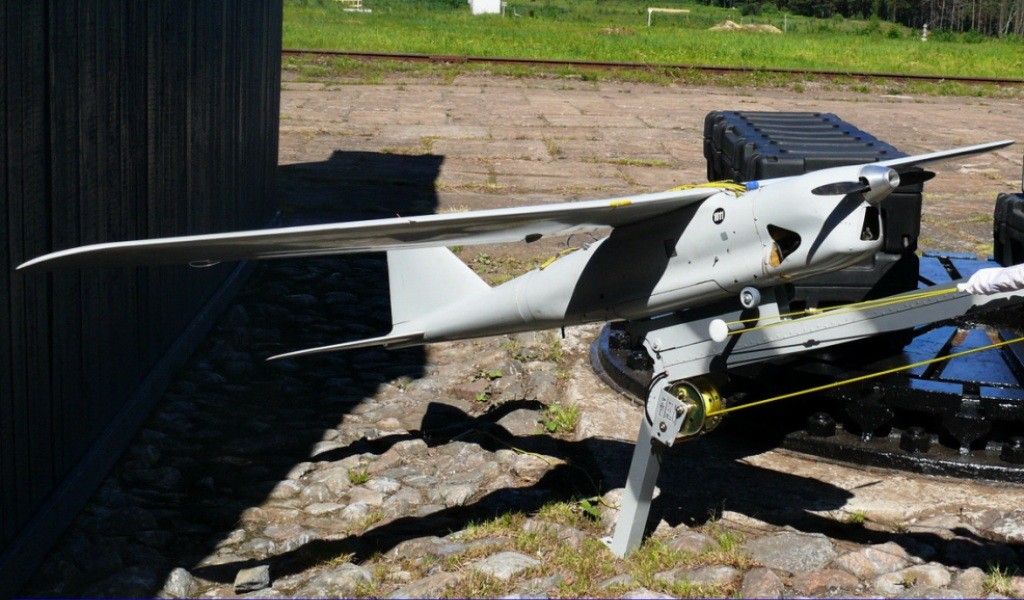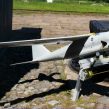
Russian Defense Ministry Holds More Exercises in Dagestan
Publication: Eurasia Daily Monitor Volume: 13 Issue: 29
By:

Following the military exercises conducted in Dagestan last month by the snipers of the Southern Military District motorized infantry, during which troops learned speed shooting at the Dalny shooting range near the city of Buinaksk (Arms-expo.ru, January 17), a new round of military exercises was held on January 27, in the city of Kaspiisk. During the drills, which were held at the Russian Caspian Fleet’s Skorpion facility, 200 marines practiced air dropping military equipment. A week later, military units involved in electronic warfare and unmanned aerial vehicles (UAV) held training exercises in the mountains of Dagestan. The drills involved suppressing a simulated enemy using the new Leer-3 UAV electronic warfare system (Arms-expo.ru, February 4).
The next day, the Caspian Fleet launched drills designed to improve joint operations with Russia’s air force. The joint exercises, which involved assault companies of the Caspian Fleet’s infantry battalion and Southern Military District air force units, were held at the Adanak shooting range in Dagestan’s Karabudakhkent district (Kavkazsky Uzel, February 5). During the exercises, the military drilled firing at ground targets, landing troops in full gear, and search-and-destroy operations targeting commanding posts and units of a simulated enemy. The Russian military has held such exercises in Dagestan several times per month since Russia started its operations in Syria. The drills have been held across the entire Southern Military District, which covers the Southern, North Caucasian and Crimean federal districts. Given the fact that the Southern Military District includes the Black Sea and the Caspian See fleets as well as the 4th command of the Air Force and Air Defense, and that the exercises take place in areas that constantly experience counterterrorist operation regimes, the Southern Military District is the most combat-ready of all of Russia’s military districts.
Similar exercises were held in Chechnya and North Ossetia over the past month. Dagestan stands out because it has several large shooting ranges, including a shooting range for the Federal Security Service (FSB), and an industrial infrastructure oriented to military production. None of the other North Caucasian republics have a combination of such facilities. The Dagdizel plant in Kaspiisk is one of the largest military production facilities in Dagestan. During the Soviet period, Dagdizel was one of the leading military enterprises producing diesel engines and torpedoes and, in all, produced dozens of products for the military. The factory was built back in 1932 and, after the demise of the USSR, barely survived by switching to civilian production (Riadagestan.ru, June 21, 2014). In 2012, the company’s output was about $2 million, equal to the average Russian company, but in 2013 it received military contracts worth over $48 million, which meant a 24-fold increase of financing by the state. This, however, did not save Dagdizel from a critical financial condition bordering on bankruptcy (Yug.svpressa.ru, February 24, 2015). Many of the components for Russian torpedoes were produced in Ukraine, but after Russia annexed Crimea, those supplies stopped. This negatively affected the production quality of the torpedoes, since Russia had to quickly come up with replacement components of its own (Kavpolit.com, October 23, 2014). In 2016, Dagdizel plans to start producing the ZU-23/30 M1-4 anti-aircraft system, which is an upgraded version of the outdated ZU-2 anti-aircraft system (Kavtoday.ru, February 6).
Other important military industrial enterprises in Dagestan include three aircraft production–related companies—Kontsern KEMZ, Aviaagregat and Buinakskiy Agregatny Zavod. The government asked these enterprises to ramp up production of components that were previously imported. Within the import-substitution strategy of the Russian government, Kontsern KEMZ, which is located in Kizlyar, is expected to produce ten new components for the Russian air force, with mass production expected to start in 2016 (RIA Novosti, January 3). However, due to the stifling effect of the economic sanctions on Russian industries, these plans are unlikely to be implemented soon.
Russia’s Ministry of Defense decided that Aviaagregat in Makhachkala and SAT Ltd. will jointly produce the SP-10 training airplane, which was initially produced by Aviaagregat using domestically produced components only. The cost of the first SP-10 was about $85,000 (Argumentiru.com, January 4). However, the plant is capable of producing only 28 such airplanes over two years.
Dagestan’s governor, Ramazan Abdulatipov, has been trying to raise awareness of the importance of government contracts for republican enterprises. Russian Deputy Prime Minister Dmitry Rogozin has promised to provide large contracts to Dagestani military enterprises (Realdagestan.ru, February 26, 2015), but his promises never materialized.
Dagestan has a substantial military-industrial sector on its territory and is arguably the most advanced in this regard in the entire North Caucasus. This means that Moscow will likely go to extraordinary lengths to neutralize any threats to the country’s territorial integrity that emerge in the republic. Since Dagestan is a Muslim-majority republic that could be influenced by the Islamic State, especially since it has an international border, Moscow is likely to pour large investments into the republic to prevent Dagestani youth from being swayed by political Islam. This means that Moscow will try to replicate its experience in Chechnya in Dagestan.




